I'm looking to plot the digits of Pi as heirarchical edge bundles, as shown in this image
Here, the digits of Pi are grouped by their colour, and then each digit has an edge drawn to the digit that follows it (i.e., if Pi is 3.141, then 3 would have an edge drawn to 1, 1 would have an edge to 4, and so on through the digits).
This is the code I have so far
library(ggraph)
library(tidygraph)
dat_lagged <- structure(list(line = c(1L, 3L, 4L, 5L, 6L, 7L), digit = c("3",
"1", "4", "1", "5", "9"), digit_lagged = c("1", "4", "1", "5",
"9", "2"), group = c("3", "1", "4", "1", "5", "9")), row.names = c(NA,
-6L), class = c("tbl_df", "tbl", "data.frame"))
from <- as.numeric(dat_lagged$digit)
to <- as.numeric(dat_lagged$digit_lagged)
ggraph(dat_lagged, 'dendrogram', circular = TRUE) +
geom_conn_bundle(aes(colour = stat(group)),
data = get_con(from, to),
edge_alpha = 0.25)
However this is throwing the error
Error in if (is.numeric(v) && any(v < 0)) { :
missing value where TRUE/FALSE needed
